It seems like everyone is talking about the digital employee experience (DEX) lately. In fact, Gartner® says, “By 2026, 50% of digital workplace leaders will have established a DEX strategy and tool, up from 30% in 2024.”1
But what does DEX really mean for your business? And why should you care?
What Is Digital Employee Experience (DEX)?
Digital Employee Experience (DEX) is the quality of users’ interactions with technology in their work environment.
Digital Employee Experience (DEX) refers to the quality of users’ interactions with technology in their work environment. According to Gartner, “DEX tools help IT leaders improve the digital employee experience and empower IT workers to shift focus from technology management to more business-value-added work.”1 And Forrester adds, “A great digital employee experience (DEX) is essential to productivity, engagement, and talent retention.”2
From onboarding new hires to managing flexible work schedules, every aspect of the workplace affects what employees think and feel about an organization. DEX examines how well the technology employees rely on works and how it impacts their ability to do their jobs effectively. Poor system performance, frequent downtime, or usability issues can create bottlenecks that hinder productivity and employee satisfaction.
Common issues that negatively affect the digital employee experience include:
– Slow computer or program startups
– Apps that crash unexpectedly
– Network connection issues
– Outdated hardware and software
With the rise of mobile devices, cloud-based apps, and remote work, DEX is becoming even more critical for IT departments to manage effectively. In fact, a proactive DEX strategy is becoming table stakes for enterprises across all sectors, including healthcare, finance, and retail.
Benefits of a Great Digital Employee Experience
Understanding how DEX impacts your organization is crucial but knowing the tangible benefits it can bring is even more important.
According to Gartner, “Benefits include:
- Fewer IT issues that disrupt and impede employee productivity
- Reduced IT overhead through automation
- Improved IT support with faster incident resolution and improved problem management
- Improved endpoint configuration and patch compliance
- Better balance of objective and subjective success measures, including technology adoption, performance and employee sentiment
- Increased workforce engagement and digital dexterity
- IT becoming more proactive and human-centric
- Increased ability to attract and retain talent”1
Lakeside has seen benefits across even more DEX use cases, including cost savings through hardware and software optimization, decreased mean time to resolution through IT self help and helpdesk ticket avoidance, change performance benefits in digital transformation projects, and proactive monitoring of consumer-facing devices such as kiosks and displays.
ROI of Digital Employee Experience
When it comes to building or maturing a DEX strategy, Forrester states that enterprises should look for providers that “Translate data into actionable insights to speed time to value.” Continuing to add, “Every vendor in this evaluation collects data, but the leaders help buyers make use of it as quickly as possible.”2
In fact, many of the benefits of DEX translate directly into rapid returns. Lakeside created value blueprints with this time-to-value in mind. In the first half of last year, Lakeside completed more than 70 blueprints with 35 customers, enabling them to uncover savings opportunities of an estimated $84 million.
Enterprises can quickly calculate what returns they may see with a leading DEX tool, like Lakeside SysTrack. For example, a company with 20,000 employees may realize more than $3M in potential savings after one year through ticket reduction, hardware and software optimization, and proactive IT.
Digital Employee Experience as a Business Driver Beyond IT
These benefits and returns are not limited to the IT team. Gartner predicts, “Through 2027, 80% of DEX tool deployments that account for only IT-focused use cases will fail to achieve a sustainable ROI.”1 And adds that “Requirements will expand to include non-IT-focused, as well as mobile and frontline worker, use cases.”
No longer is the digital employee experience a concern only of the CIO or Director of IT. With the extensive, and growing, list of benefits of great DEX, executives from across the organization are leaning in to see how to improve DEX. From kiosks to point-of-sale devices to displays to frontline worker devices (e.g., rugged handhelds), organizations need to strategically meet consumer expectations by extending DEX to these digital touch points.
Conclusion: Digital Employee Experience is the Key to a More Engaged Workforce
A great digital employee experience isn’t just about minimizing technical issues; it’s about empowering employees to do their best work. By focusing on improving DEX, organizations can unlock higher levels of productivity, employee satisfaction, and innovation — all while driving better business outcomes.
With reports from both Gartner and Forrester underscoring the critical importance of DEX, now is the time for organizations to prioritize this often-overlooked aspect of the digital workplace.
See what the industry analysts are saying.
Access the reports.
This blog was originally published on June 12, 2020, and updated Sept. 24, 2024, with the latest data from industry analysts on the digital employee experience.
1. Gartner, Magic Quadrant for Digital Employee Experience Management Tools, 26 August 2024, Dan Wilson, Tom Cipolla, Stuart Downes, Autumn Stanish, Lina Al Dana.
2. The Forrester Wave™: End-User Experience Management Solutions, Q3 2024, Andrew Hewitt
Subscribe to the Lakeside Newsletter
Receive platform tips, release updates, news and more



